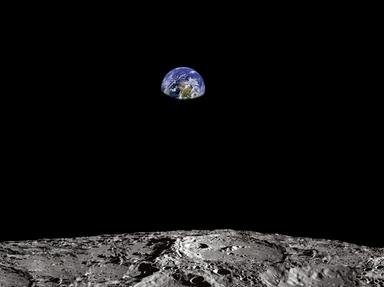
Men on a Mission Trivia Quiz
In this quiz, you will match the Mercury or Gemini mission number with the astronauts who flew them. The Mercury capsule (Q1-6) could only accommodate one astronaut, while the Gemini capsule (Q7-15) could accommodate two.
A matching quiz
by RedHook13.
Estimated time: 4 mins.